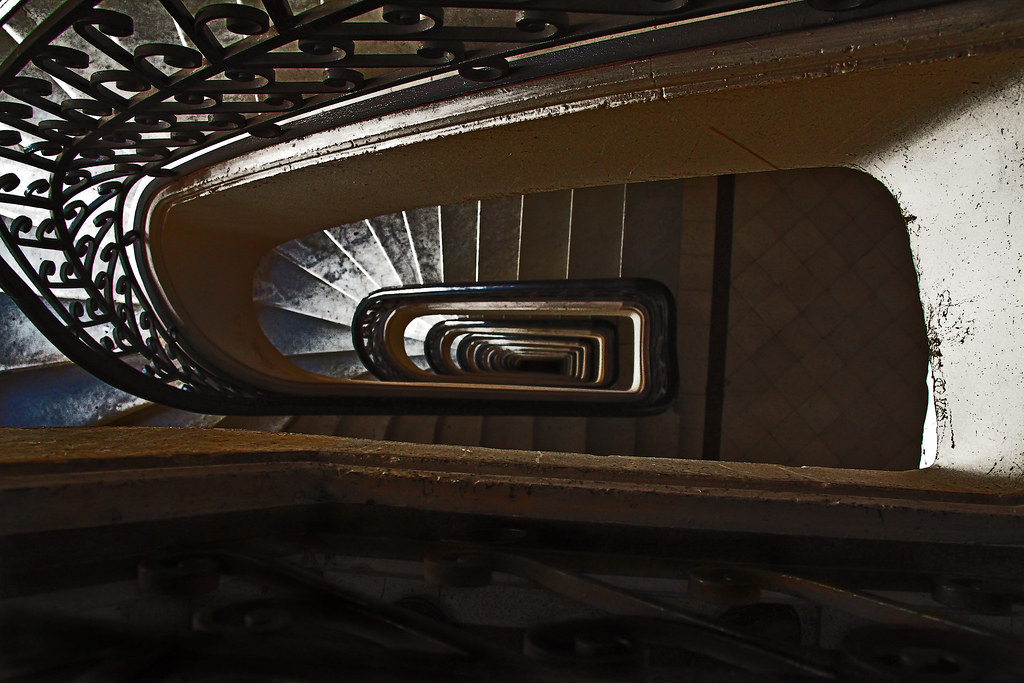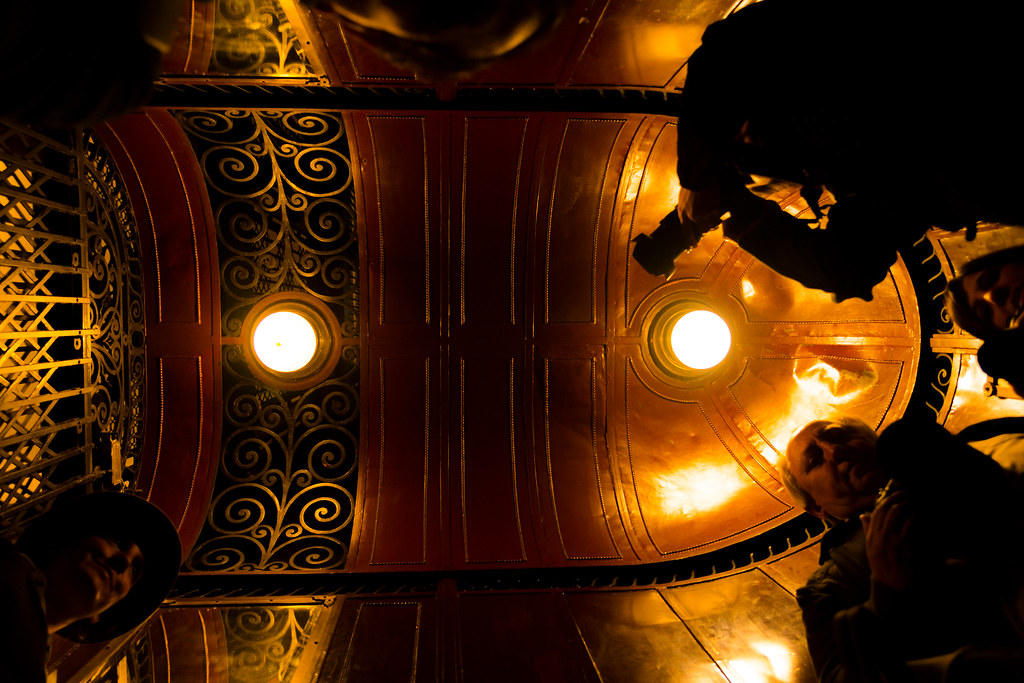Buenos Aires hides hundreds of buildings, markets, and more. In each of these, history overflows. The architectural preservation of these buildings helps keep history alive. Some of these cases are: the Teatro Colón, the Cabildo, Pulpería Quilapán, and the Church of San Ignacio. On every corner, in every nook of these sites, one can feel the idiosyncrasy of the Argentine people.
The Palacio Barolo occupies a central position among those previously mentioned. Every detail of the palace makes it a unique work of art that impresses with everything it has to offer for appreciation and learning. To delve deeper into this place, we will now tell you about its history and impact on Argentine culture.

History
It was built between 1919 and 1923, designed by the Italian architect Mario Palanti. It is famous for its eclectic architecture, which blends Gothic and Renaissance styles. It is important to mention its symbolism related to Dante Alighieri's Divine Comedy.
The building has 22 floors and originally served as the headquarters of the Barolo life insurance company. Its design is an allegorical interpretation of Dante’s epic poem, with the structure divided into three parts representing Hell, Purgatory, and Paradise. On the ground floor and the first floor, there are elements symbolizing Hell; on the intermediate floors, Purgatory; and on the upper floors, Paradise.
One notable feature of the building is its tower. It was inspired by the Tower of Babel and the Tower of Angels, reflecting Palanti's vision of a "tower of light" connecting with the sky. The façade is decorated with details alluding to the theme of the Divine Comedy, including figures and symbols related to the poem.
In 1923, the Palacio Barolo was inaugurated and became one of the tallest skyscrapers in Buenos Aires. Over the years, it has served various purposes and is now known not only for its architectural design but also for its guided tours exploring its rich history and symbolism.
Architectural Data
The Tower as a Lighthouse: The tower of the Palacio Barolo was originally equipped with a lighting system that projected light into the sky, functioning as a lighthouse. This symbolized the connection between heaven and earth and also served as a guide for ships navigating the Río de la Plata.
Rapid Construction:
Despite its complexity, the building was constructed in a relatively
short time, between 1919 and 1923. Its rapid construction was a
notable achievement for the era.
Paradise Tower:
The upper part of the building, representing Paradise, features a
dome decorated with a figure of an angel. This angel is visible from
the street as well as from inside the building.
Spatial Distribution:
The building is organized so that the lower floors represent Hell,
the intermediate floors represent Purgatory, and the upper floors
represent Paradise. This design reflects the spiritual journey
described in the Divine Comedy.
Influence in Buenos Aires:
The Palacio Barolo was the tallest building in Buenos Aires until
1934, when the Kavanagh Building, another iconic skyscraper in the
city, was completed.
Dante’s Journey: For the inauguration of the Palacio Barolo, a special event was organized with a theatrical performance celebrating the building’s connection to the Divine Comedy.
The Origin of Its Name: The name "Barolo" comes from the insurance company that commissioned the building, the "Compañía de Seguros Barolo," founded by businessman Luis Barolo, who was the main sponsor of the project.
Hidden Decoration: Some details of the
building, such as certain symbols and figures, are hidden from plain
view and can only be appreciated by those who undertake a detailed
inspection or participate in guided tours.

In conclusion, the Palacio Barolo is much more than an imposing
skyscraper in Buenos Aires; it is an architectural masterpiece that
embodies the vibrant ingenuity and creativity of the country. It
offers both residents and visitors a fascinating window into the
past.